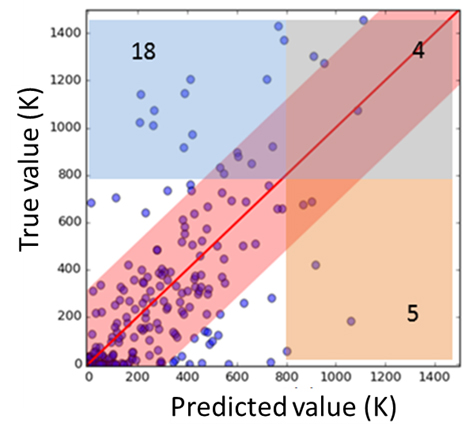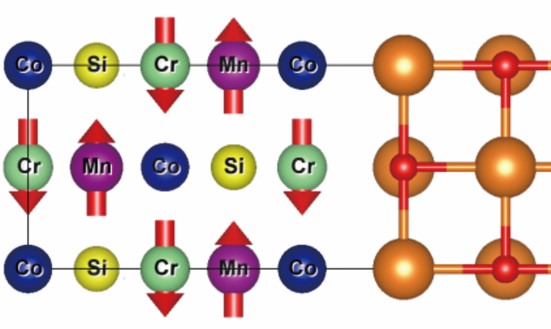- >> Computing System Platforms Division
-
Materials Functionality Design
Researcher

- [ Professor ]
Masafumi Shirai - [ Associate Professor ]
Kazutaka Abe - [ Assistant Professor ]
Masato Tsujikawa - [ Assistant Professor(CSIS) ]
Tufan Roy
Group Web Site
https://www.shirai.riec.tohoku.ac.jp/
Research Activities
Various kinds of materials are utilized for processing, communication, and storage of massive data in modern information devices. Our research objectives are as follows: (1) theoretical analyses of quantum phenomena in materials and nanostructures, (2) computational design of materials and nanostructures which possess new functionalities, (3) development of materials design scheme utilizing large-scale computational simulation techniques.
Materials Functionality Design (Prof. Shirai)
Research topics
- Design of new spintronics materials based on first-principles calculation and machine learning
- Theoretical analysis of transport properties in spintronics devices
- Development of innovative simulation scheme for material/device functionality design
Our research interest is focused on “spintronics” to realize new functional devices. The main topic is theoretical analysis of spin-dependent transport properties in highly spin-polarized materials. Recently, we seek for new electrode materials of magnetic tunnel junction by combining first-principles calculations and machine learning. We also theoretically investigated thermoelectric properties originated from topological electronic structures.
Materials Science under Extreme Conditions(Assoc. Prof. Abe)
Research topics
- Matter at high densities.
- Metallization and superconductivity of hydrogen and hydrides.
- Development of first-principles structural search methods
We investigate the properties of dense materials by using ab initio methods. Our current research focuses on metallic hydrides, which are experimentally found to show high-temperature superconductivity driven by electron-phonon coupling. We are also developing simulation techniques to look for stable structures from first principles. The structure search methods are quite useful for examining unknown substances and, therefore, likewise applicable to designing new materials at one atmosphere.







